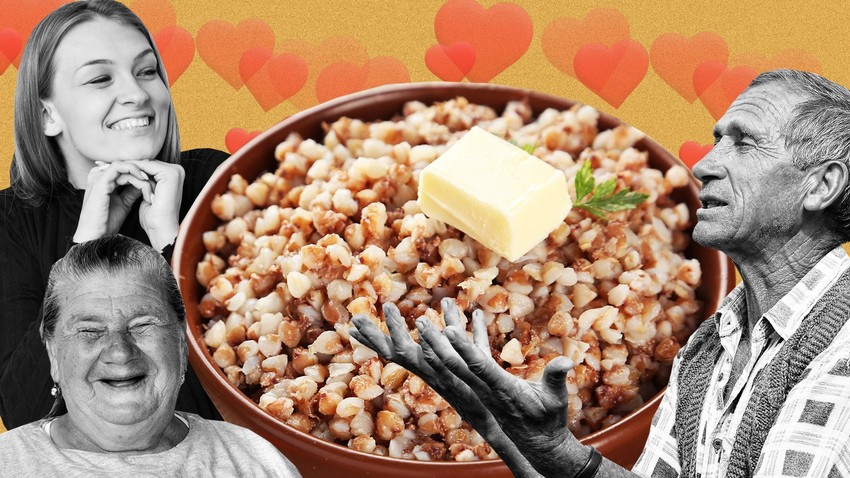
The first thing that disappeared from food store shelves in March 2020, when the Covid-19 outbreak started in Russia, was buckwheat (and toilet paper). Buckwheat is one of the main items in the Russian survival kit.
Ancient Russians used to say 'Щи да каша - пища наша', which means 'Cabbage soup and cereal - that’s our food'. By ‘cereal’ they meant buckwheat, or 'grechka', as we call it in Russian.
Grechka with canned meat was the most iconic army food during World War II, and now is frequently served during Victory Day celebrations as a symbol of 'front-line cuisine'. It’s an incredibly important cultural code for Russians.
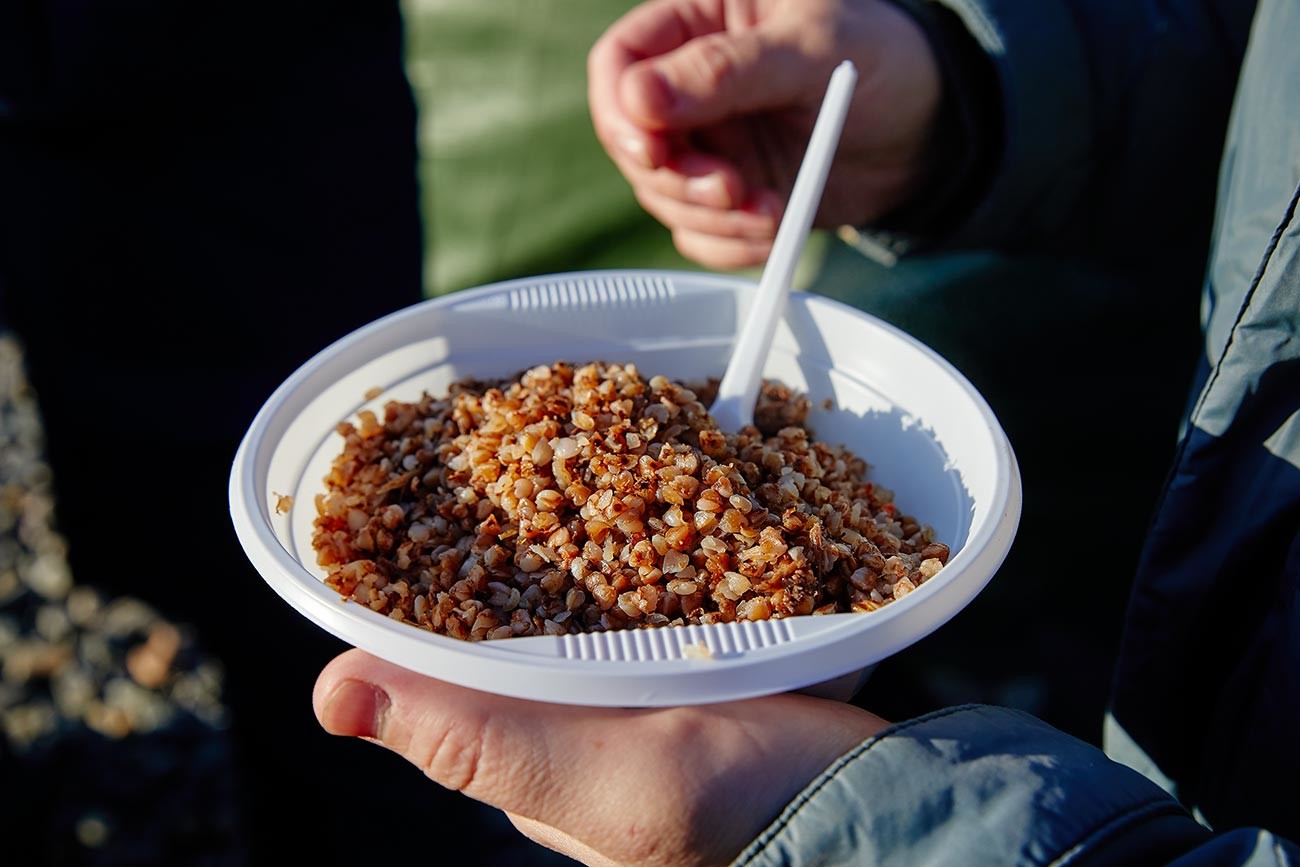
'Front-line cuisine'
Viktor Gokhovich/SputnikGrechka has been on peasant tables since at least the 12th century. Today, Russia is the world's biggest producer of buckwheat. Fagopyrum is a cultivated grain-like plant that is rather unpretentious and can easily grow in the harsh Russian climate, as well as in soil that is far from highly fertile.
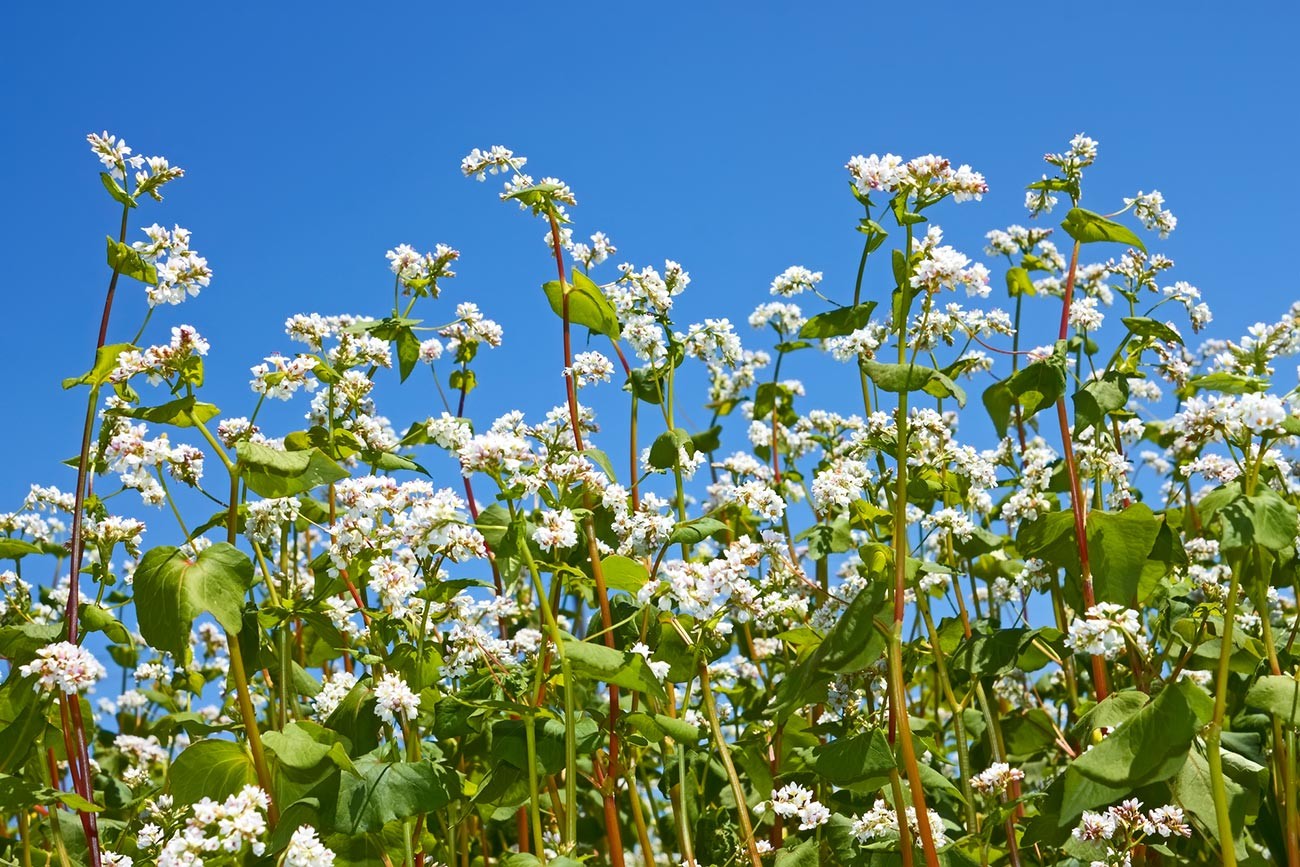
Buckwheat (Fagopyrum) blossoming
Legion MediaIn modern days buckwheat is used for producing not only the grechka grain but also for honey, which has a dark color and is also much loved in Russia. It’s even used to make tea, which has an incredible taste, as if you’re drinking biscuits!)
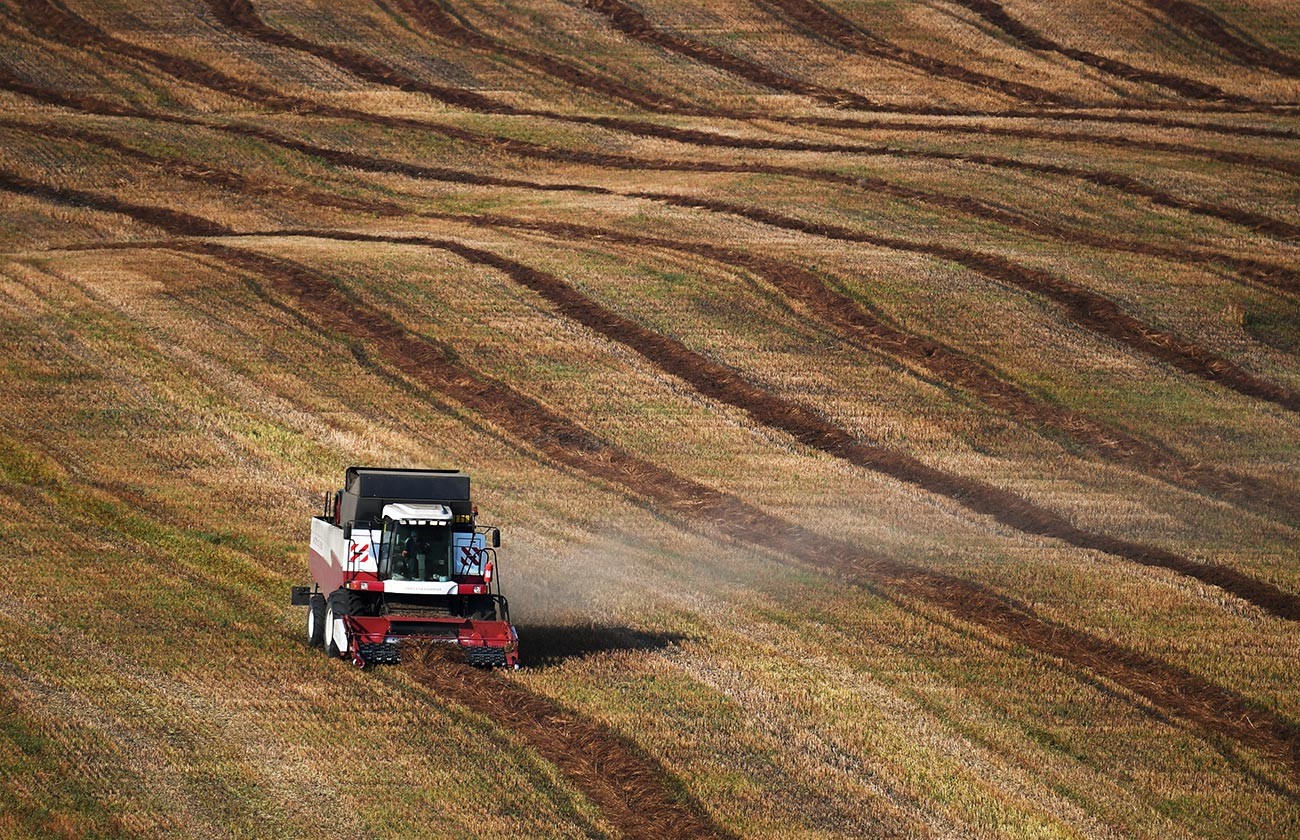
Buckwheat harvesting in the fields at the Altai Region
Alexander Kryazhev/SputnikRussians living abroad miss buckwheat very much! Julia has been living in Europe for eight years, and always asks visiting Russian friends to bring her some buckwheat. "I’ve never eaten that much buckwheat at home, but being far from Russia I realized that it's a superfood, very nutritious and tasty. And especially helpful when you’re trying to stay fit."
Grechka grains are usually fried before packaging and selling - that’s why it has a brown color. But the modern HLS (healthy lifestyle) trend is using so-called ‘green’ buckwheat that is raw and unprocessed. People believe it preserves more vitamins. It can be just eaten or used for smoothies, or be sprouted and added in salads.
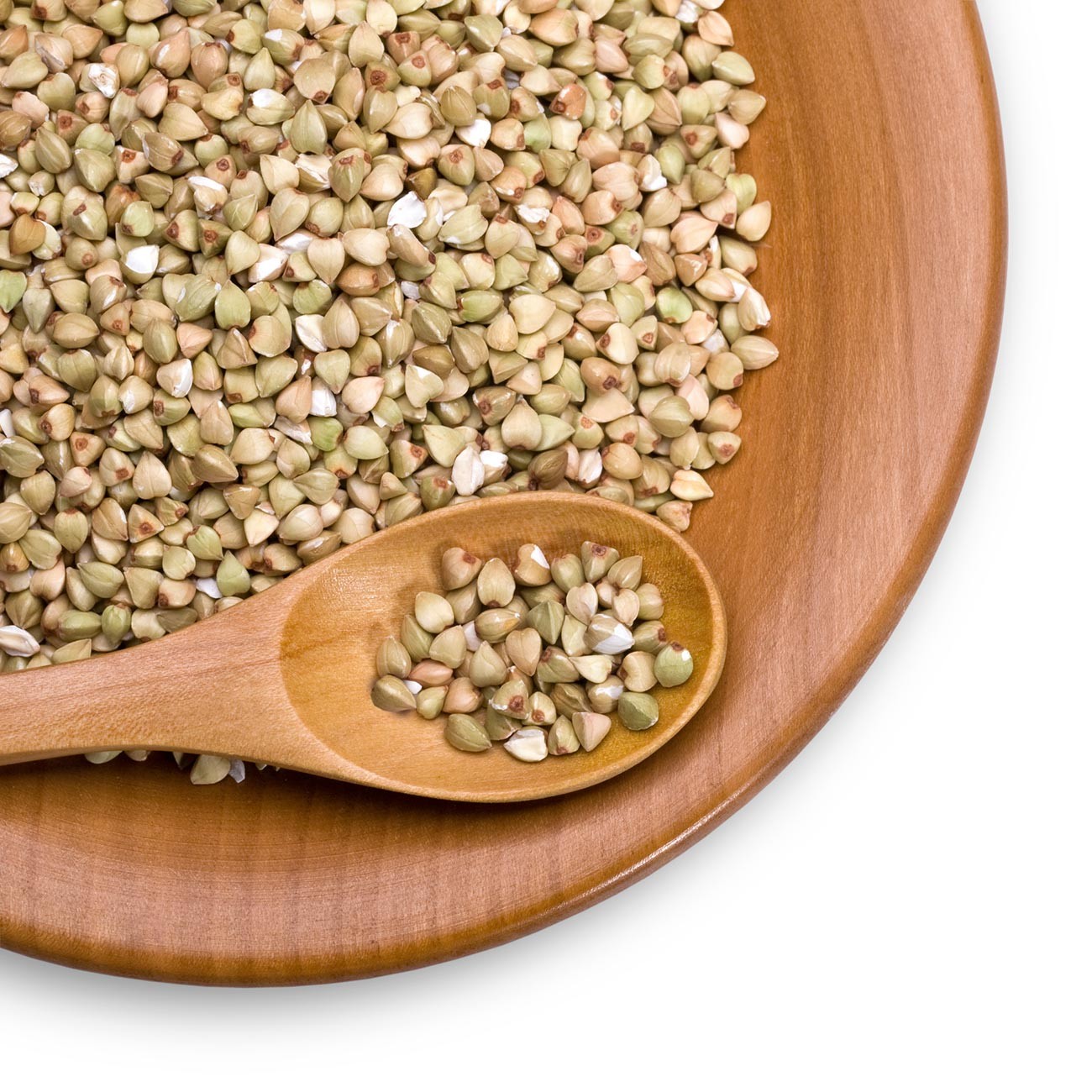
Green buckwheat
Legion MediaGrechka is also a staple forRussian fast menus, and it’s a great meal for vegans because it’s rich in protein. At the same time, its slow-releasing carbs give a lot of energy for a long period of time.
If Russian travelers, especially hikers, take food for a trip then it would be grechka! That’s because it’s very easy to cook, and TASTES DELICIOUS! You can even make it in a thermos cup; just add hot water.
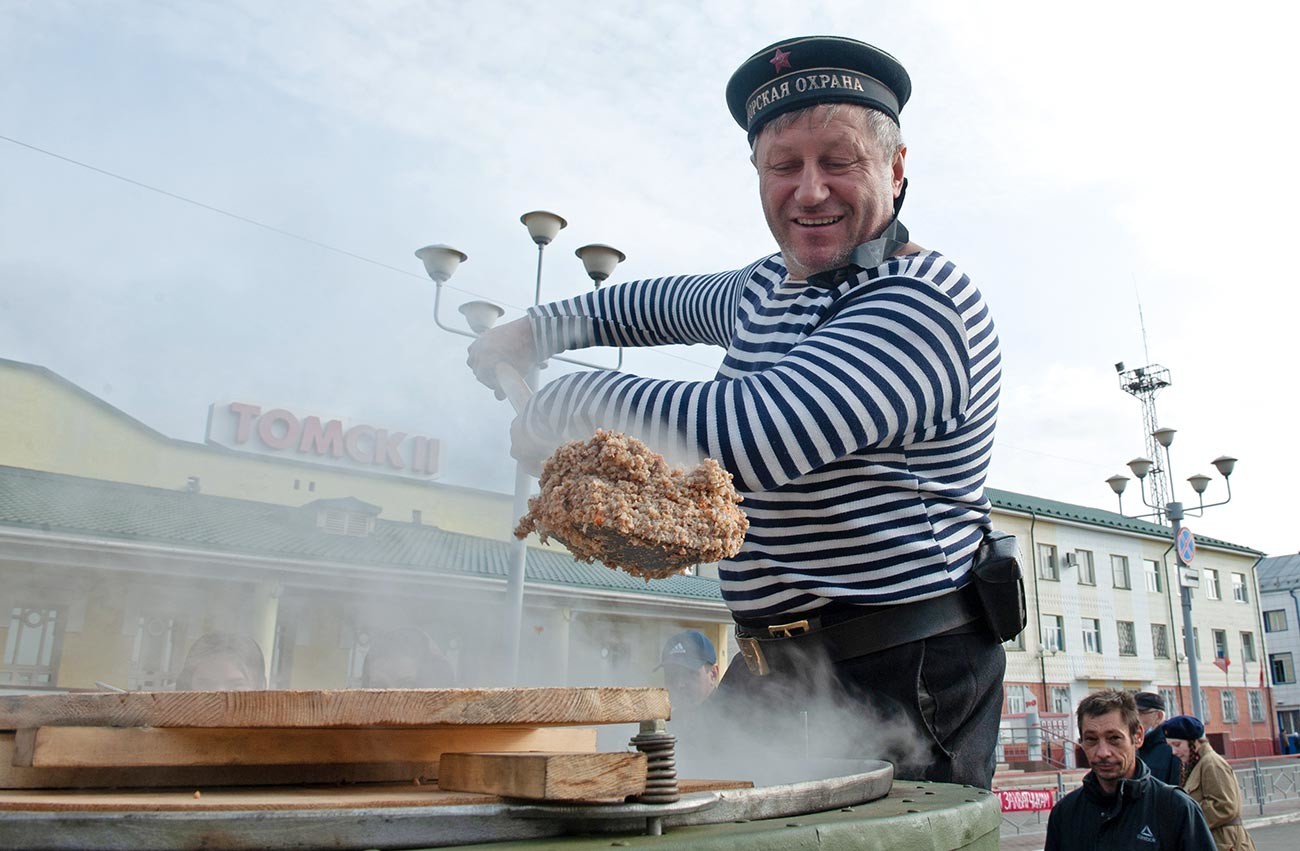
World War II reenactors eat grechka
Taisiya Vorontsova/SputnikToday, grechka is also sold in small ready-to-boil bags, which is convenient to cook. Russians can eat grechka for breakfast, lunch and dinner, as a side dish or as a main course. There are plenty of ways to cook it - one can even make flour from buckwheat and bake with it instead of ordinary flour; and don’t bother about the shape.
If using any of Russia Beyond's content, partly or in full, always provide an active hyperlink to the original material.
Subscribe
to our newsletter!
Get the week's best stories straight to your inbox